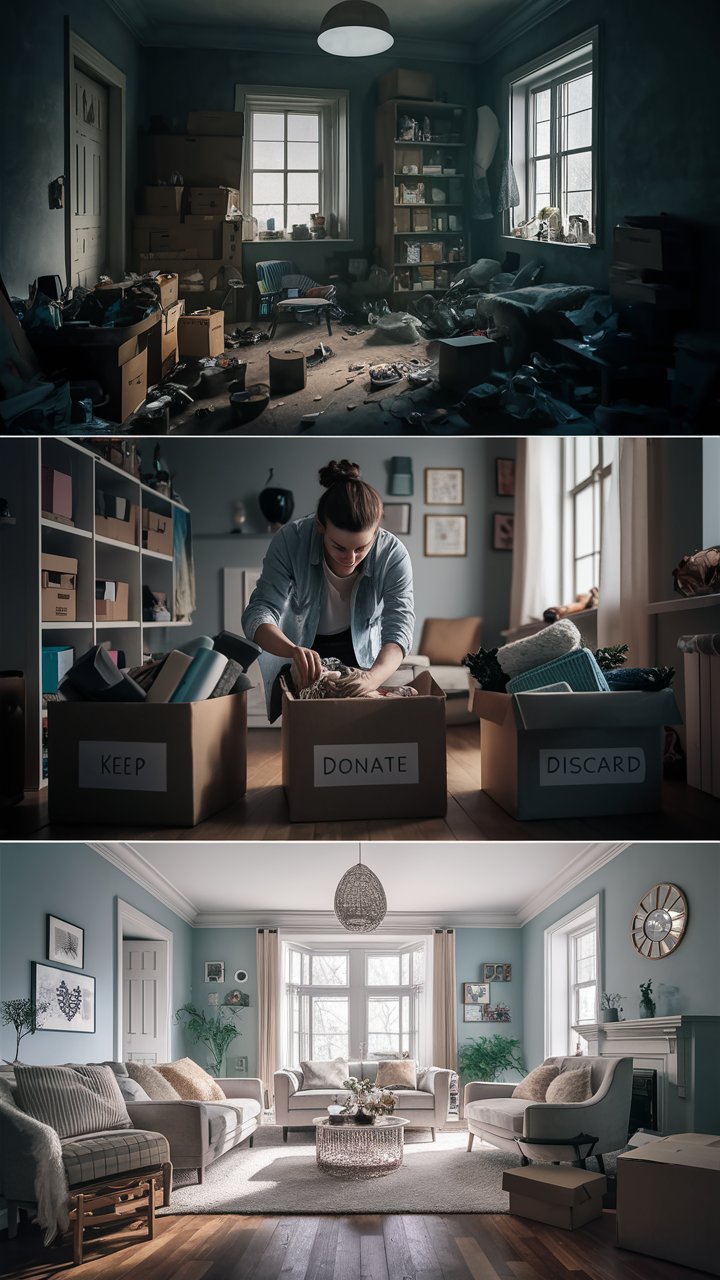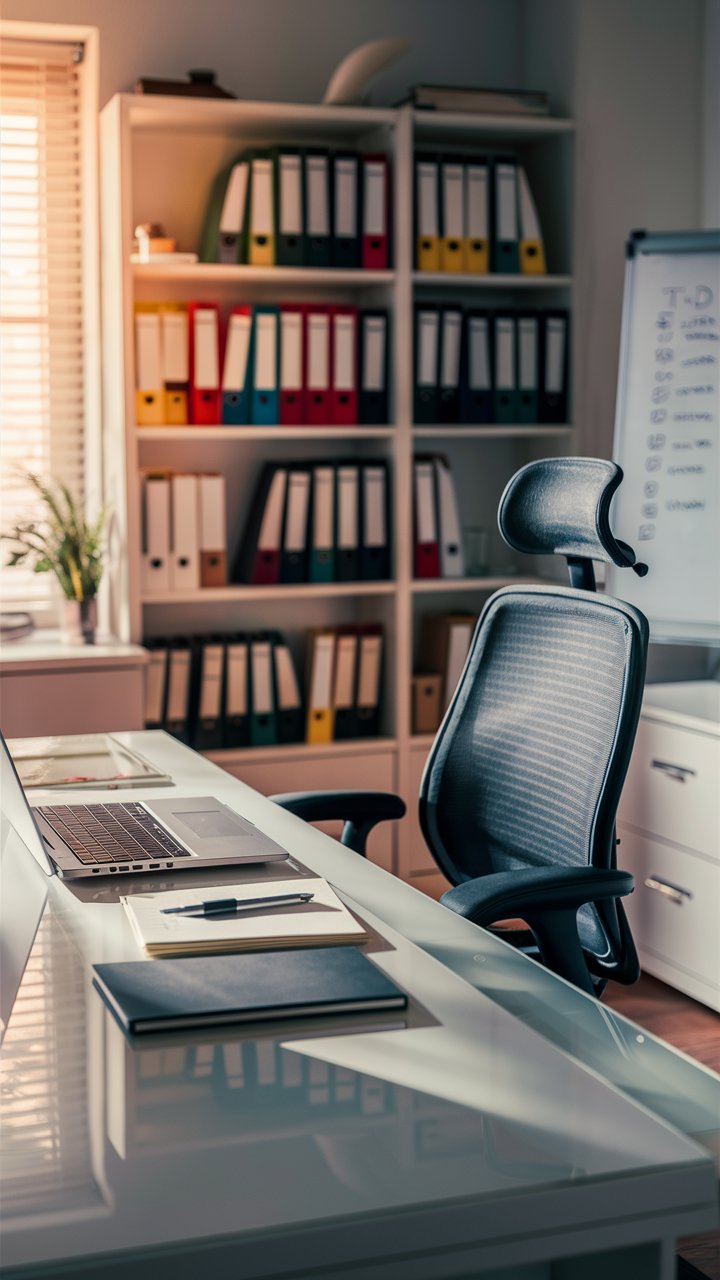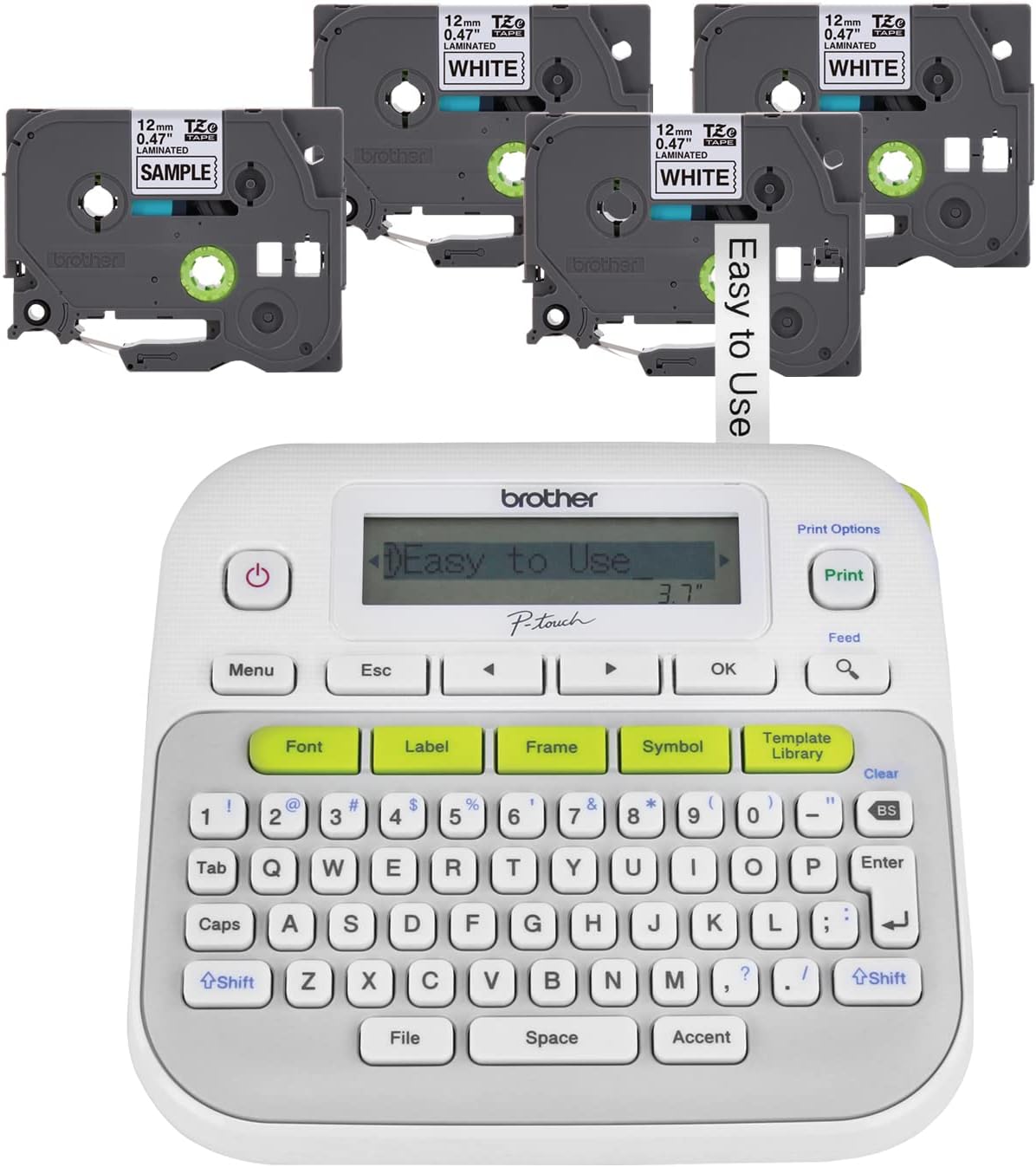Introduction
Clearing clutter is not just about tidying up physical spaces; it significantly impacts mental clarity and productivity. When clutter accumulates, it can feel overwhelming and stressful, making it difficult to focus and think clearly. A mindset that embraces clearing clutter can lead to better mental well-being and overall life satisfaction. By regularly decluttering, you create a more organized and serene environment, allowing yourself to get creative and enhance your productivity. This practice can transform both your home and your mindset, paving the way for a more fulfilling life.
Life coaches often emphasize the importance of clearing clutter for clarity. The benefits extend beyond just physical spaces, as a clutter-free environment also offers psychological advantages, such as increased focus and reduced anxiety. Adopting practical steps to clear clutter and maintaining a clutter-free space are crucial for achieving mental clarity and a more organized life. By implementing these strategies, you can foster a sense of calm and harmony in your daily routine, ultimately leading to a more productive and peaceful life.
Key Takeaways
- Clearing clutter significantly improves mental clarity and reduces anxiety.
- A clutter-free space offers psychological benefits, including increased focus and creativity.
- Practical decluttering techniques can be applied to every room for effective organization.
- Maintaining a clutter-free environment requires regular upkeep and mindful habits.
- A clutter-free workspace boosts productivity and enhances job satisfaction.
- Clearing clutter positively impacts personal relationships by creating a harmonious living space.
The Importance of Clearing Clutter for Mental Clarity

Clearing clutter is not just about tidying up physical spaces; it significantly impacts mental clarity. When clutter is amplified, it can feel overwhelming and stressful, making it difficult to focus and think clearly. This is where a mindset to clean up your mindset becomes crucial. By regularly using my clutter approach, you allow yourself to find clarity and improve your mental well-being. The process of decluttering can help you clear your mind and reduce anxiety, leading to a more peaceful and productive life. Everyone has clutter and recognizing clutter is draining is the first step. Whether it’s thoughts or stuff, simplifying your space and asking “is this item important” can transform your home and life, making it easier to manage and more harmonious.
Benefits of Clearing Clutter for Mental Clarity
| Aspect | Details |
|---|---|
| Impact on Mental Clarity | Clearing clutter helps in reducing distractions and promotes a clear mind, enhancing mental clarity. |
| Effect on Stress Levels | A clutter-free environment reduces stress by creating a calm and organized space. |
| Influence on Focus and Concentration | Removing unnecessary items improves focus and concentration by eliminating visual noise. |
| Connection to Anxiety and Frustration | Clutter can contribute to feelings of anxiety and frustration; clearing it can alleviate these emotions. |
| Role in Enhancing Creativity | A tidy space can boost creativity by providing a serene and inspiring environment. |
| Overall Psychological Benefits | Overall, a clutter-free space supports mental well-being, leading to improved mood and satisfaction. |
How Clutter Affects Mental Health
Clutter can negatively affect mental health by creating a chaotic environment that disrupts your ability to relax and concentrate. Research shows that cluttered spaces can lead to feelings of frustration and anxiety. By understanding what clutter is trying to tell you, you can address the underlying causes and improve your mental health. A clear space often translates to a clear mind, allowing you to focus on what truly matters without unnecessary distractions getting in the way.
The Psychological Benefits of a Clutter-Free Space
A clutter-free space offers numerous psychological benefits, including reduced stress levels, increased focus, and enhanced creativity. When you clear clutter from your environment, you create a calm and organized space that supports your mental well-being. This can lead to improved mood and greater overall satisfaction. Embracing a minimalist approach and letting go of unnecessary items can help you live your best life by creating an environment that fosters clarity and peace.
Practical Steps to Clear Clutter Effectively

Clearing clutter can be a daunting task, but with practical steps, it becomes manageable and even enjoyable. The key is to start small and focus on one area at a time. Whether it’s a single drawer or an entire room, breaking down the task into smaller, more manageable pieces can help you maintain motivation. You’ve got clutter to address, so adopting a mindset to clear is essential. With the right strategies, you can effectively clear clutter and create a more organized and serene living space. This process not only improves the physical appearance of your home but also enhances your mental clarity. By regularly asking “is this item important” and keeping “stuff minimal, you can simplify your life and achieve clutter to clarity.
Practical Steps to Clear Clutter Effectively
-
Start Small and Focus on One Area at a Time
Begin with a single drawer or a specific corner of a room. Breaking down the task into smaller, manageable pieces helps maintain motivation and reduces the feeling of being overwhelmed. -
Use Sorting Boxes
Utilize boxes labeled ‘Keep,’ ‘Donate,’ and ‘Discard’ to sort items efficiently. This method helps in making quick decisions and organizing the decluttering process effectively. -
Ask Critical Questions
While sorting through items, ask yourself questions like “Is this item essential?” and “Do I use this regularly?” If the answer is no, consider letting go of the item to create more space and reduce clutter. -
Consistent Effort and Routine Decluttering
Schedule regular decluttering sessions, such as monthly check-ups, to ensure clutter doesn’t accumulate again. Consistent effort helps maintain a clutter-free environment and keeps your living space organized. -
Implement Organizational Systems
Develop organizational systems that suit your lifestyle. Whether it’s using storage bins, shelves, or designated spaces for specific items, having a system in place makes it easier to keep things tidy and clutter-free.
Decluttering Techniques for Every Room
Effective decluttering techniques can be applied to every room in your home. Start with high-impact areas like the kitchen and living room, where clutter tends to accumulate quickly. Use boxes labeled ‘keep,’ ‘donate,’ and ‘discard’ to sort items efficiently. Ask yourself, “Is this item important?” and if not, consider letting go of it. Clear out your clutter by addressing one room at a time to avoid feeling overwhelmed. Consistent effort and routine decluttering sessions can help maintain a clutter-free environment.
Maintaining a Clutter-Free Environment
Once you’ve cleared the clutter, maintaining a clutter-free environment requires regular upkeep. Develop habits such as putting things away immediately after use and conducting monthly decluttering sessions to prevent clutter from building up again. Implement organizational systems that work for your lifestyle, and be mindful of allowing new items into your space. This ongoing process will ensure that you continue to enjoy the benefits of a clear, organized, and peaceful home environment, ultimately contributing to your overall clarity and well-being.
Clear Clutter to Improve Productivity

Clearing clutter is essential for boosting productivity, especially in workspaces. A cluttered environment can be distracting and make it difficult to focus on tasks. By organizing your workspace and removing unnecessary stuff, you create a more efficient and conducive area for work. This not only helps you get more done but also reduces stress and improves overall job satisfaction. With a clear space, you can concentrate better, think more clearly, and enhance your productivity significantly. When you look at the clutter beneath and ask yourself “is this item important”, you can prioritize what truly matters. This process is not just about the physical act of cleaning but also about addressing the mental clutter, leading to a more productive and satisfying work environment.
Organizational Strategies for Workspaces
Effective organizational strategies can transform your workspace into a productivity powerhouse. Start by decluttering your desk, getting rid of the things you no longer need. Use drawer organizers and filing systems to keep essential items in order. Implement a ‘one in, one out’ policy to prevent clutter from accumulating. By keeping your workspace tidy and organized, you can focus more on your tasks and less on searching for misplaced items. These strategies help create a streamlined and efficient working environment.
Boosting Efficiency Through Minimalism
Adopting minimalist principles in your workspace can significantly boost efficiency. Minimalism emphasizes keeping only what is necessary and removing distractions. This approach helps you prioritize tasks and manage your time more effectively. By minimizing clutter, you can enhance your focus and streamline your workflow, leading to greater productivity. Embracing minimalism not only clears your physical space but also helps clear your mind, allowing you to work more efficiently and effectively.
“Clutter is not just the stuff on your floor – it’s anything that stands between you and the life you want to be living.” – Peter Walsh
The Impact of Clearing Clutter on Personal Relationships

Clearing clutter can have a profound impact on personal relationships. A cluttered home can create stress and tension among household members, while a clutter-free environment promotes harmony and cooperation. By working together to declutter shared spaces, you can improve communication and strengthen your relationships. A tidy home fosters a sense of peace and mutual respect, making it easier for everyone to coexist happily. The act of clearing clutter can also serve as a bonding activity that brings people closer together.
Creating a Harmonious Living Space
A harmonious living space is essential for fostering positive relationships. Clutter can create feelings of frustration and resentment, which can strain interactions with loved ones. By clearing clutter, you create a more peaceful and inviting environment. This encourages open communication and reduces conflicts. Implementing a regular decluttering routine can help maintain a harmonious atmosphere, where everyone feels comfortable and valued. A well-organized home contributes to a happier and more supportive family dynamic.
How Shared Spaces Can Benefit from Decluttering
Shared spaces, such as living rooms and kitchens, can greatly benefit from decluttering. These areas are often used by multiple people, and keeping them tidy can enhance the overall quality of life for everyone. Encourage all household members to participate in the decluttering process and take responsibility for maintaining order. By clearing clutter in shared spaces, you create a more functional and enjoyable environment for everyone. This collaborative effort helps build a sense of community and shared responsibility within the household.
Embracing a Clutter-Free Lifestyle for Long-Term Well-Being
Embracing a clutter-free lifestyle is key to achieving long-term well-being. By regularly clearing clutter, you can maintain a more organized and peaceful environment that supports your mental and emotional health. A clutter-free lifestyle encourages you to be mindful of what you bring into your home, helping you prioritize quality over quantity. This approach not only improves your living space but also enhances your overall quality of life. With less clutter, you can focus on what truly matters and enjoy a more fulfilling life.
Adopting Minimalist Principles
Adopting minimalist principles is an effective way to maintain a clutter-free lifestyle. Minimalism focuses on keeping only the items that add value to your life and letting go of everything else. This mindset helps you make intentional choices about what to keep and what to discard. By simplifying your surroundings, you create a more serene and manageable environment. Minimalism also promotes mental clarity and reduces stress, allowing you to live more intentionally and enjoy greater peace of mind.
Sustaining the Benefits of a Clutter-Free Life
Sustaining the benefits of a clutter-free life requires ongoing commitment and effort. Regular decluttering sessions, combined with mindful consumption habits, can help maintain an organized and peaceful home. Establish routines that support a clutter-free lifestyle, such as tidying up daily and conducting seasonal purges. By consistently practicing these habits, you can ensure that your living space remains clutter-free and conducive to well-being. The long-term benefits include improved mental clarity, reduced stress, and a greater sense of satisfaction with your environment.
- Easy-to-Use
- Home and Office Organization
- White
Conclusion
In conclusion, adopting a clutter-free lifestyle is essential for achieving mental clarity and enhancing productivity. By addressing the three core causes of clutter and regularly decluttering your home, you can create an environment that fosters peace and organization. Clutter in your life can be overwhelming, but with practical tips to help, such as asking “is this item important,” you can effectively manage and reduce clutter. This practice not only improves your physical space but also your mental well-being, allowing you to focus on what truly matters.
Clutter in your home can be draining, but with consistent effort and a mindset that says it’s time to clear, you can transform your living space. Implementing these strategies will lead to a more serene and productive environment, ultimately contributing to a more fulfilling life. Remember, a clutter-free home is not just about tidiness; it’s about creating a space that supports your overall well-being and happiness.

James Dunnington leads the James Dunnington Collection, featuring five unique blogs: a practical Pet Care Guide, an enlightening Ancient History Blog, a resourceful Home Improvement Guide, a cutting-edge Tech Innovation Guide, and a strategic Online Money Making platform. Each site delivers valuable insights designed to empower and inform. For updates and more tips, visit our Contact Us page to sign up for our newsletter, ensuring you never miss out on the latest content from any of these dynamic fields.

